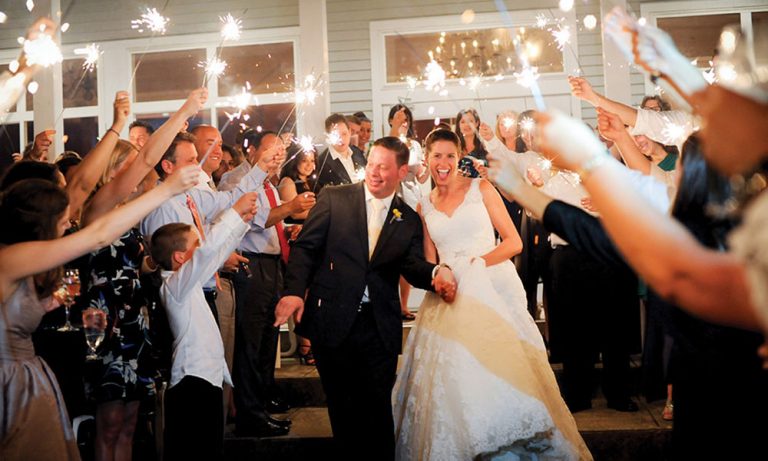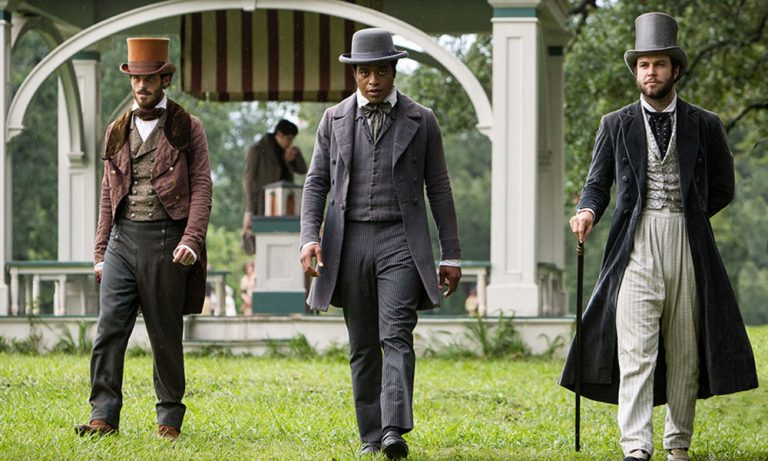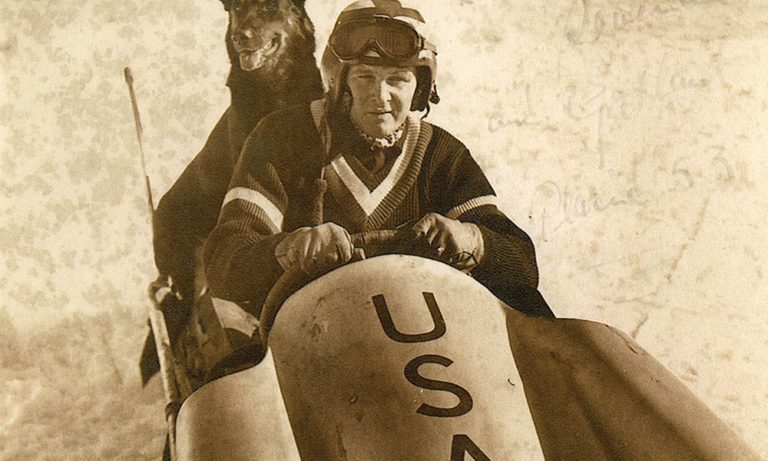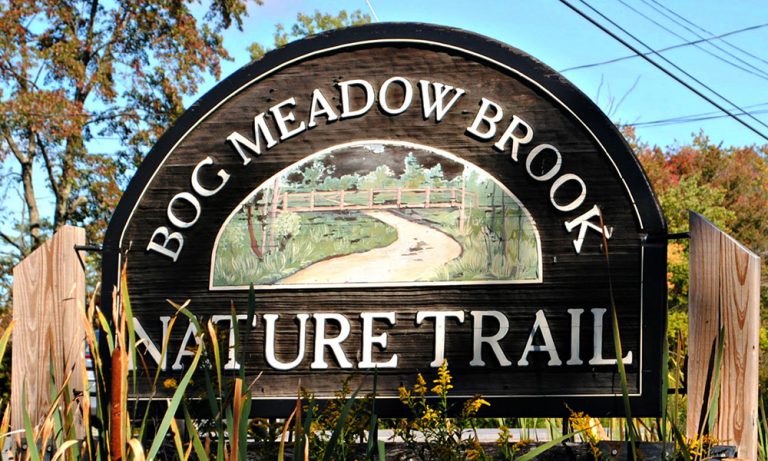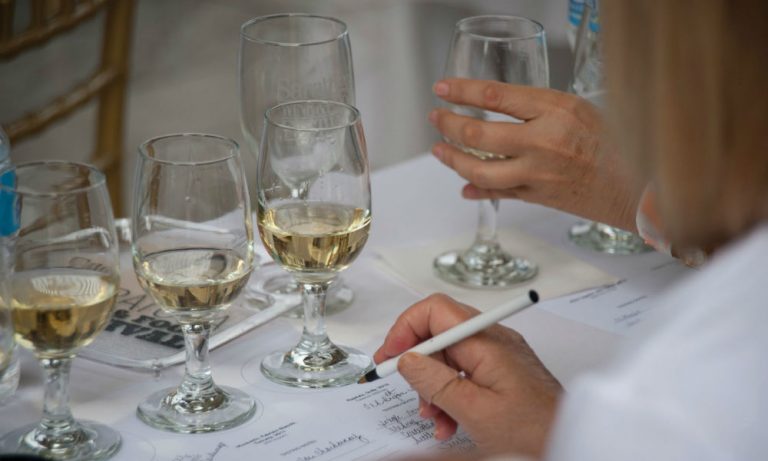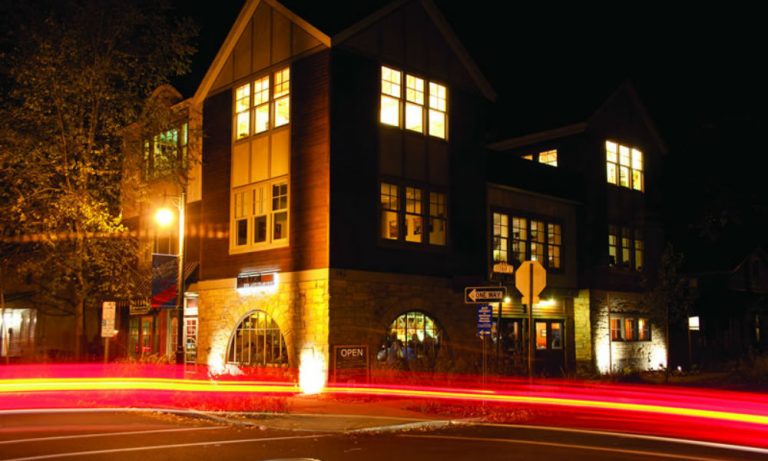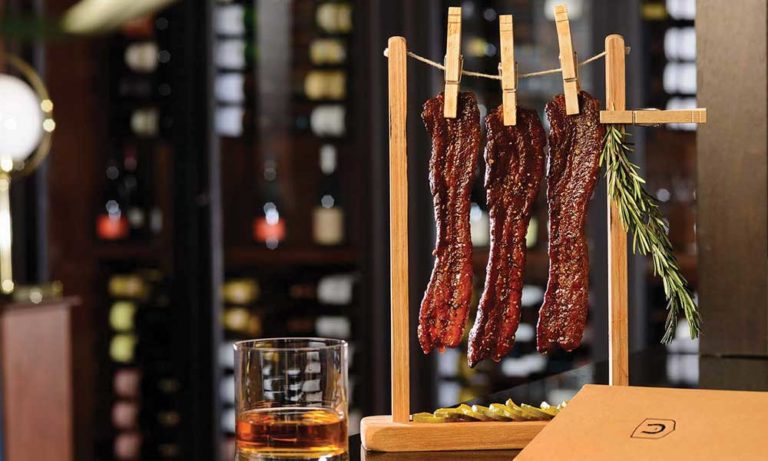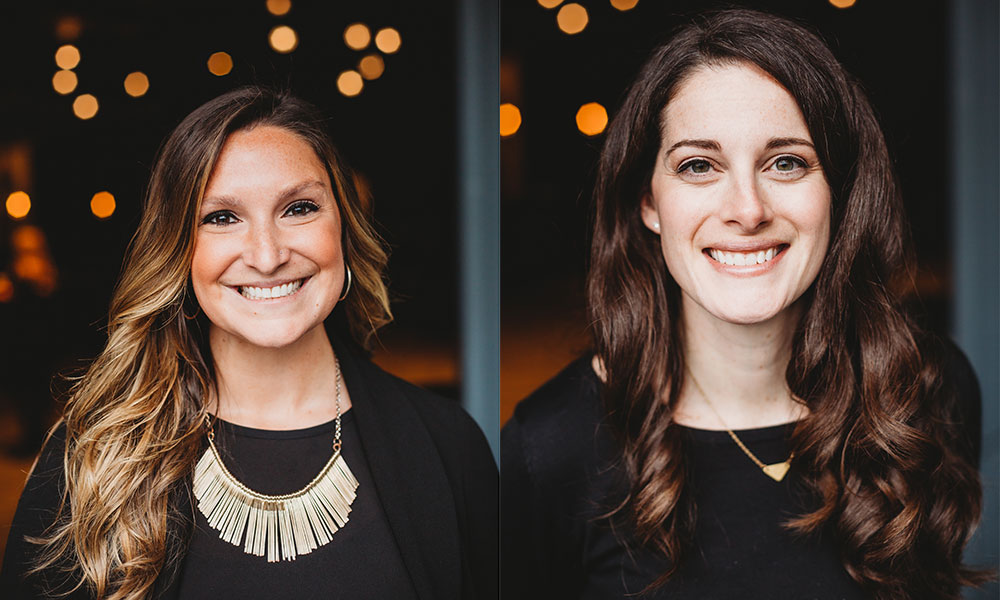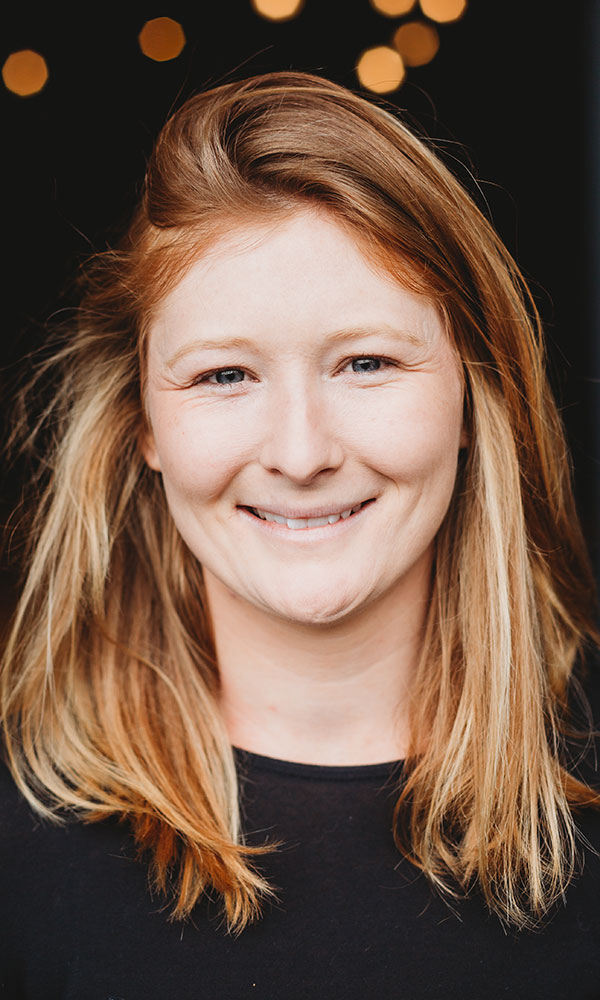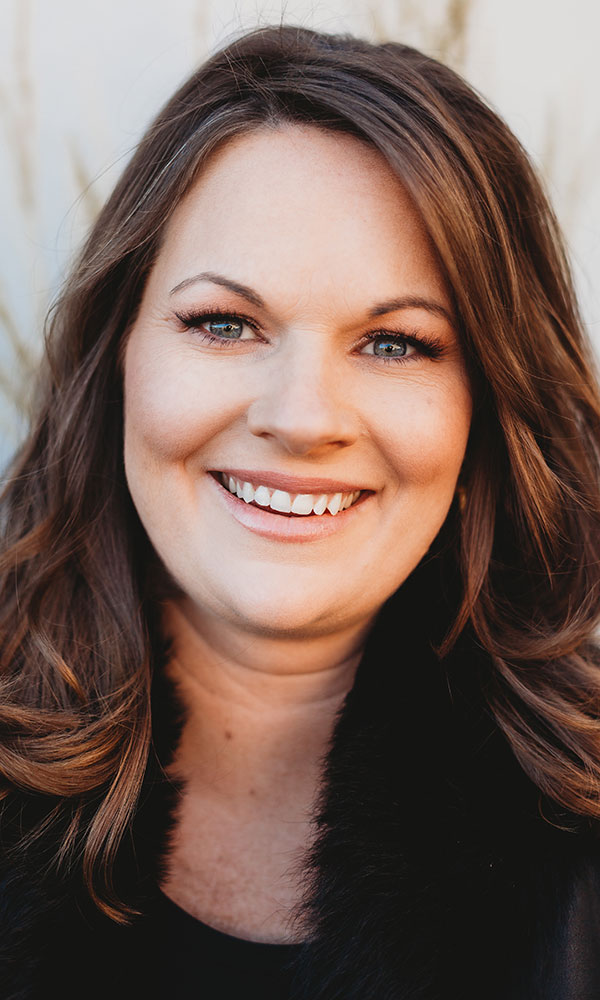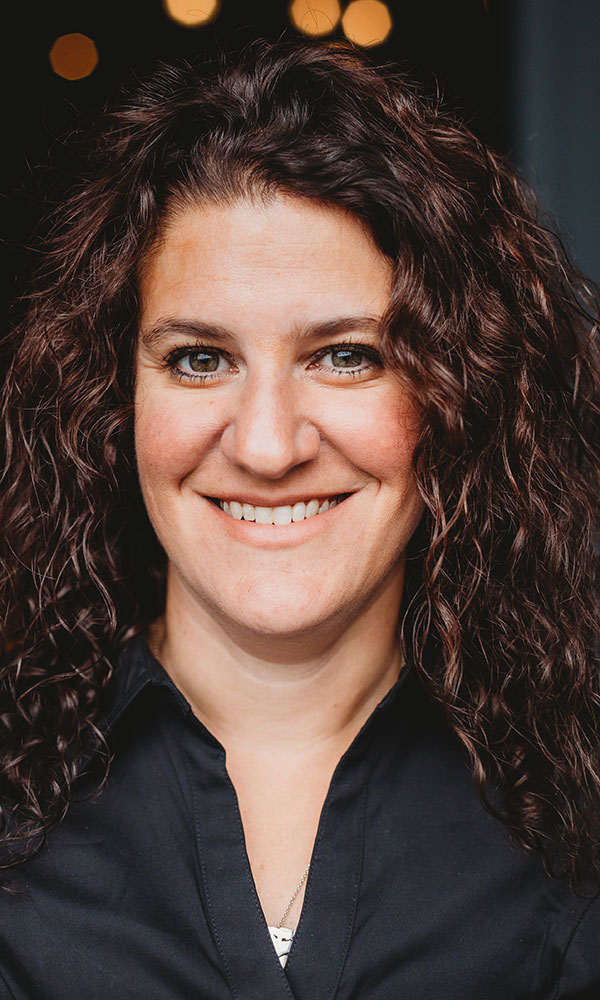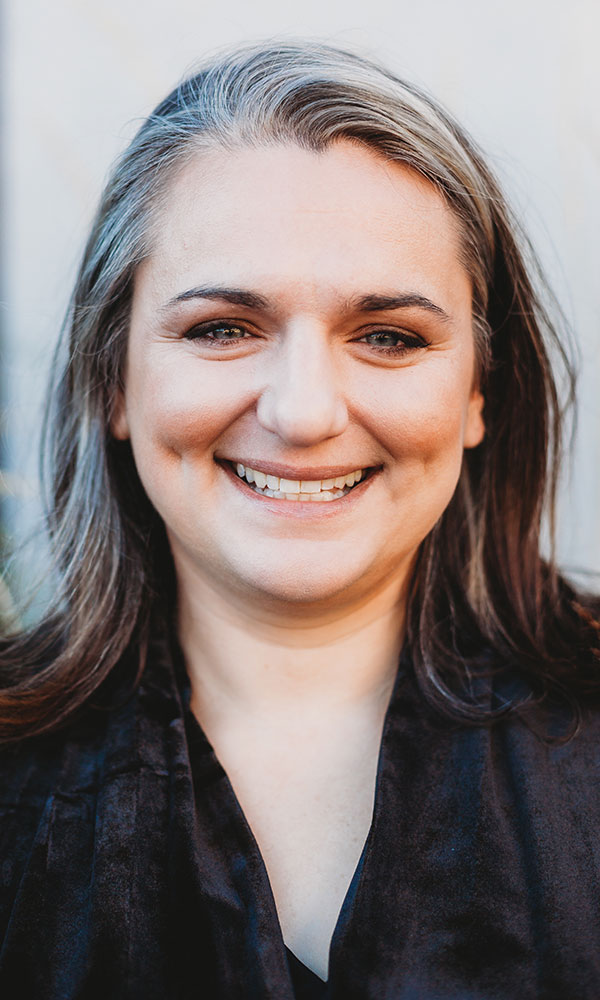There was a time when destination weddings were associated strictly with tropical locations. Eloping to a beachside locale was out, inviting loved ones along for the festivities was in, and a trend was born.
Lisa Light, a destination-wedding planner and author of the book Destination Bride, says that what started as a custom reserved for the wealthy blossomed into a mainstream tradition 20 years ago, with vacation hotspots such as Las Vegas, Miami and Newport elbowing for market share. In recent years, however, area restaurants, hotels, caterers and the like have noticed a growing number of destination weddings taking place in Saratoga Springs.
“Around the late ‘90s is when ‘destination wedding’ became a term and a practice,” says Light, a Chatham resident who runs Lisa Light International Events & Design. “The trend started in Hawaii, and then Jamaica captured it because they saw it as a money-maker and marketed it well.”
Though she plans weddings around the globe, Light said the Hudson Valley recently became the number one destination wedding location in the United States, and Saratoga Springs has grown exponentially more popular in the past decade.
“People in all four corners of our country have heard of Saratoga Springs because it’s renowned in a ‘Great Gatsby’ sense,” says Light. “The mineral baths, race track, and natural beauty already make it a romantic destination.”
Area wedding experts agree that the Spa City’s make-up is a compelling formula: whirlwind weekends that start with a rehearsal dinner at a downtown restaurant, ceremony and reception at an elegant venue such as the Canfield Casino or Hall of Springs, and a Sunday brunch at the Gideon Putnam. In between there’s fun to be had: museum stops, rounds of golf in the State Park, hikes in the Adirondacks, spa treatments, or shopping up a storm along Broadway.
So solid is the trend for Saratoga-based destination weddings, the Saratoga Convention and Tourism Bureau recently created the position of Destination Wedding and Social Market Specialist, appointing industry veteran Tom Ellis in May.
Even before taking the position, Saratoga had already won him over. His own wedding five years ago took place on Sacandaga Lake, with a honeymoon at the Batcheller Mansion Inn. “Saratoga is a very romantic place…I drank the Kool-Aid for this town a long time ago,” he says with a laugh. “We’re hoping to make Saratoga Springs synonymous with Newport, the Napa Valley, and Savannah in terms of romantic locations for a destination wedding.”
“A lot of people tell us they want a place people can get to in a day,” says Ellis, who spent more than two decades doing event planning in New York and Los Angeles. “Flying has become much more expensive and problematic. It’s a big reason why upstate New York has become a destination in general.” He adds that most clients are from nearby metropolitan areas such as New York, New Jersey and Boston, but inquiries come from as far as California.
Susan Baker, vice president of sales and marketing at Mazzone Hospitality, says that Saratoga-based destination weddings once were comprised only of brides or grooms who had a personal connection, such as vacationing in the historic city or attending Skidmore College. “Lately we’ve seen clients with no prior connection to the region choose Saratoga Springs as a destination because they love what it offers,” she says. “And it’s a close drive or Amtrak ride from several metropolitan areas.”
Krissy Nelligan, a hairstylist and make-up artist who works at Vanity Salon & Boutique, began doing destination weddings a decade ago. “That’s when they first started in Saratoga, but in the last five years, they’ve really increased.”
THE DOUBLE-EDGED SWORD OF POPULARITY
The Spa City’s universal appeal, enviable location, and relative newness to the destination wedding market has placed it in high demand. Light says the biggest challenge lies in demand exceeding venue availability. “Saratoga is the only location I’ve encountered where the wait list is a year or more. People who book destination weddings don’t want a hotel ballroom. They want private estates, barns, places with character. The Hall of Springs, National Museum of Dance, Canfield Casino, and Batcheller Mansion Inn are all wonderful, but Saratoga needs more similar venues.”
With spring and summer weddings booked at full throttle, the experts agree that reserving in the off-season or on a weekday is a great idea, particularly if you want to plan the event within the span of a year or less.
“If people want some of the more popular venues in town, we’ll sometimes suggest a New Year’s Eve or Valentine’s Day wedding,” says Ellis. “It’s all on the table now.”
Though on the surface it seems like a destination wedding involves an inordinate amount of planning and money, experts say it’s borne of a desire for a milestone moment not to be over in a flash. “They spend all this time and money planning an event; it’s over in a day, and they’ve barely had time to say hello to friends and family they rarely get to see,” says Light. “With destination weddings, both sides of a family can get to know each other over a weekend, and it’s fun.”
“Destination weddings are often more enjoyable because of the intimate size,” says Baker, who estimates 20 percent of Mazzone’s wedding business is destination weddings. “The average is 80 to 100 people.”
COSTS AND EFFECTS
For better or for worse, experts say there’s no clear-cut rule as to who pays for destination-incurred expenses such as transportation and hotels, which makes Saratoga an attractive option for many. “There are people with the means to cover the travel expenses of their guests, but most don’t,” says Ellis.
“For a five-hour travel period you can be in Cancun, but it will cost you $1,700 to get there. It’s much more affordable to jump in the car instead.”
Many caterers and hotels offer price breaks for weddings booked off-season or on a weekday. “We usually offer about a 15 percent discount for weddings booked off-peak and a 20 percent discount for weddings booked mid-week,” says Baker.
Ironically, some couples choose a destination wedding as a cost-cutting strategy, says Light. “Couples have told me that if they choose a location in proximity to a hometown, they may have 300 people show, whereas with a destination wedding, the guest list is often 100 people or fewer.”
“Destination weddings are lavish, but not as lavish as, say, staying home and doing Tiffany gifts for the bridal party,” says Ellis. “Weddings, especially destination weddings, are signature moments; there’s a weight to them. People want a magical time that transcends their everyday life.”
Fortunately, the lavish-factor can be adjusted. “It’s a numbers game; the best way to save is keep the guest list down,” says Light. “If you invite 100 people to a $100-a head reception, that’s already $10,000, and doesn’t include the dress, flowers, photography, and music. The average wedding for 150 is $30,000, and that’s a tight budget.”
Ellis said his aim is to make constructing a destination wedding less overwhelming for a couple. “I’m the first point of contact. I don’t provide wedding planning but help in the first steps of it,” he says. “I’ll take couples to site visits and introduce them to the parties involved.” He notes that saratoganyweddings.com and discoversaratoga.org have comprehensive lists of venues, caterers, photographers, florists, disc jockeys, bands, make-up artists, and other vendors involved in the production and design of weddings.
A BRIGHT FUTURE
Saratoga Convention and Tourism Bureau President Todd Garofano said that based on feedback he has received from members in recent years, the destination market in Saratoga is lucrative and growing.
“Nationwide it’s a $10 billion-dollar industry and climbing. But in order to fully realize our potential, we had to develop a marketing plan,” Garofano says. “Tom brings more than 20 years’ experience with weddings and special events. We’re thrilled with the results we’re seeing.”
This past fall, Baker attended the Wedding Salon show in New York, a major industry event where Saratoga Springs was represented in the destination line-up for the first time, competing head-to-head with cruise lines and global resorts such as Aruba and Cancun. “Destination weddings are great for the area economy,” she says, “because people are staying the weekend and not just driving away after the wedding reception.”
“Saratoga’s no longer dead after Labor Day,” says Ellis. “It has always been a destination, and now it’s becoming a place for destination weddings.”

